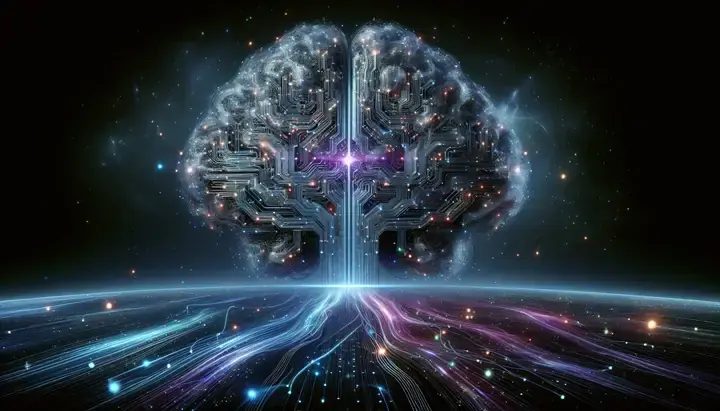IISc Scientists Achieve Groundbreaking Advancement in Neuromorphic Computing
Estimated reading time: 3 minutes
Researchers at the Indian Institute of Science (IISc), Bengaluru, have made a remarkable breakthrough in neuromorphic computing, a field that aims to mimic the human brain’s processing capabilities. This achievement could potentially revolutionize India’s position in the global artificial intelligence (AI) race and democratize the landscape of AI computing, moving away from the energy-intensive cloud computing model towards a more efficient and accessible edge computing paradigm.
The Memristor Breakthrough
The research team, led by Prof Sreetosh Goswami from the Centre for Nano Science and Engineering (CeNSe) at IISc, has developed a novel type of semiconductor device called a Memristor. Unlike traditional silicon-based technology, the Memristor utilizes a metal-organic film, enabling it to process information in a manner similar to the biological brain’s networks of neurons and synapses.
“The ‘molecular mastermind’ behind the discovery was Sreetosh’s father, Prof Sreebrata Goswami, who is a visiting scientist at CeNSe”
Integration with Digital Computers
When integrated with conventional digital computers, the Memristor technology can enhance their energy efficiency and processing speed by hundreds of times, effectively transforming them into highly efficient ‘AI accelerators’. The team’s effort involved creating a 64X64 memristor array integrated with a 65 nm-node silicon processor, designed by Prof Navkanta Bhat.
Potential for Edge Computing
As the technology matures and scales up, it could enable complex AI tasks, such as large language model (LLM) training, to be performed on personal devices like laptops or smartphones, eliminating the need for energy-guzzling data centers. This shift towards edge computing has significant implications for the democratization of AI, making it more accessible and practical for a wider range of applications.
Limitations of Digital Computing
The breakthrough comes at a time when traditional digital computing, based on silicon transistors and the Von Neumann architecture, is facing challenges in meeting the growing demands of AI. Two key issues arise from the nature of digital computing itself:
- The reliance on binary operations requires converting all information into 0s and 1s and breaking down large computational tasks into smaller pieces1.
- The separation between processor and memory units necessitates constant data transfer, limiting computational speed and adding an energy penalty1.
Attempts to mitigate these problems, such as in-memory computing and brain-inspired chips like IBM’s True North and China’s Tianjic, have not yielded significant improvements.
Read this as well: Edge Computing Explained.
Neuromorphic Computing: A Brain-Inspired Approach
Neuromorphic computing offers a fundamentally different approach compared to traditional digital computing. Unlike digital computers, the brain processes information in an analog manner, without relying on 0s and 1s or breaking down tasks into small pieces. Instead, it processes large chunks of data, drastically reducing the number of steps required to reach a solution.
The IISc team’s device stored and processed data in 16,520 states simultaneously, compared to the binary states (0s and 1s) used in digital computers. This enabled the device to perform complex matrix multiplication, the foundation of AI algorithms, in just 64 steps, while a digital computer would require 262,144 operations.
“Neuromorphic computing has had its fair share of unsolved challenges for over a decade. When I wrote to the editors of Nature the first time to accept our submission, I listed six such challenges and said that it would be worth publishing if we solved even one of those challenges, but with our decade-long research and discovery, we have solved all six of them and almost nailed the prefect system,” Prof Sreetosh Goswami stated.
The Path Forward
The IISc team has demonstrated a proof of concept and successfully integrated the molecular film Memristor technology with conventional digital systems to create a 64X64 array ‘AI accelerator‘. They plan to scale up the array to 256X256 and develop a System-on-Chip solution with the support of funding from the Ministry of Electronics and Information Technology (MEITY).
If the team succeeds in commercializing this technology, India will have a significant advantage in the global AI race, potentially transforming the landscape of computing and positioning the country as a leader in neuromorphic computing research and innovation.
For more intriguing insights into other STEM-related topics, visit ENTECH Online. Explore our digital magazine dedicated to inspiring teenagers and young adults to pursue their passions in science, technology, engineering, and mathematics.






